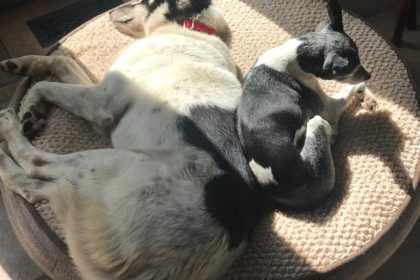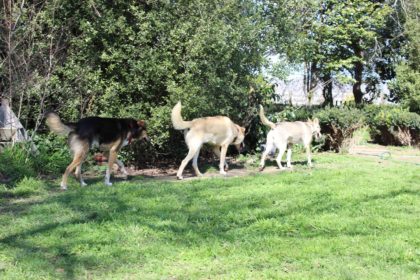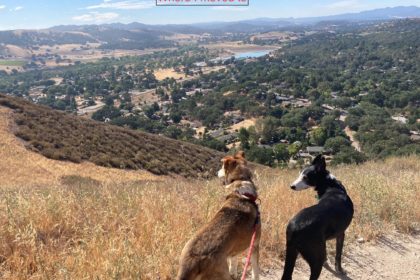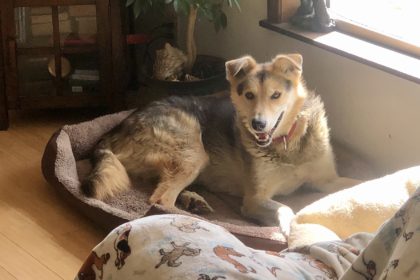As we finish day two of the 2013 Yukon Quest, I thought it might be a good time to look at all the information about the race and what it all means. This early on in a 1000 mile race some things that are very important in a shorter race like the Copper Basin 300 may be insignificant or carry much less weight. Three pieces of information are the most important, yet confusing, parts of watching the race: position, rest times and dog numbers.
A musher’s position is only accurate at two points in any race. At the start line and at the finish line. The Yukon Quest is unique because it also has a third point, leaving Dawson City after the mandatory 36 hour rest. The start time differences are leveled at this point and everyone has had the same rest, more or less. During the rest of the race, there are many factors that need to be looked at as well as a mushers position (either on the leader board from a check point or on live tracking). For example, Berkowitz and Smith left Carmacks this evening before Sass. HOWEVER, Sass rested close to 5 hours at the check point and neither Berkowitz or Smith rested. They picked up supplies and left. Dogs, unlike snow mobiles or cars, need to rest. In a way, Sass has a 5 hour rest “credit” over the other two. Berkowitz and Smith will need to stop to rest their dogs and Sass will pass them.
Rest is a very important factor in understanding any given race. Shorter races, like the Quest 300 that Aliy and Ryne are running, usually have shorter rest times for the dog teams because the race is soon over and the dogs and mushers are not required to maintain their energy level for an extended period. It’s a sprint. The Quest and Iditarod are different. They do need to maintain that energy level and strategic rest becomes critical. On 1000 mile races, actual run times where the team is on the move equals the actual rest times. The winner may slightly have more run time and the Red Lantern winner may have more rest, but it is approximately 50 / 50. Run 5 hours. Rest 5 hours. The problem for those of us watching the race is not all of the rest is done in check points and the Current Standings on the website, in the paper or on the radio don’t take that into account. This is especially difficult during the longer sections of trail, like the 210 miles between Pelly Crossing and Dawson. The dog teams will need to take substantial rest on the trail.
Dog numbers is also very important. Having to drop a dog or two before Dawson isn’t a big problem. We have excellent handlers on the trail to take care of any sick or injured dogs! The goal though is to get to Dawson with as many healthy dogs as possible. A small team of dogs makes the mountain summits on the other side even more daunting than they normally are! For the first 2/3 of the race, the more dogs the better. The end of the race may see slower dogs left at the check points with the handlers to speed up the team. So watch those numbers.
By watching these three things, we can get a better picture of what is really happening on the race. And remember, this race just started! Staying in the lead pack is VERY important, but being in the number one or even two slot is not necessary. The race leaders will truly show themselves by Dawson.









Thanks so much for this information. When you're just watching the dog move along the trail on the tracker, you don't see the big picture!
Thanks Kaz,
That is one thing I like about this race. Nearly everybody is doing something different so the trackers won't really tell us the complete picture until around the last 50 miles before Dawson.
Wes
Thank you, Kaz. Excellent commentary. Helped me to understand and get things in perspective.
You and home team are doing an EXCELLENT job keeping us informed.
I think the answer to "what does it all mean?" is COFFEE, lots and lots of COFFEE. You name someone, I'll bet their drinking it.
But seriously, great post Kaz – thanks!
Thank you guys for such a clear explanation!